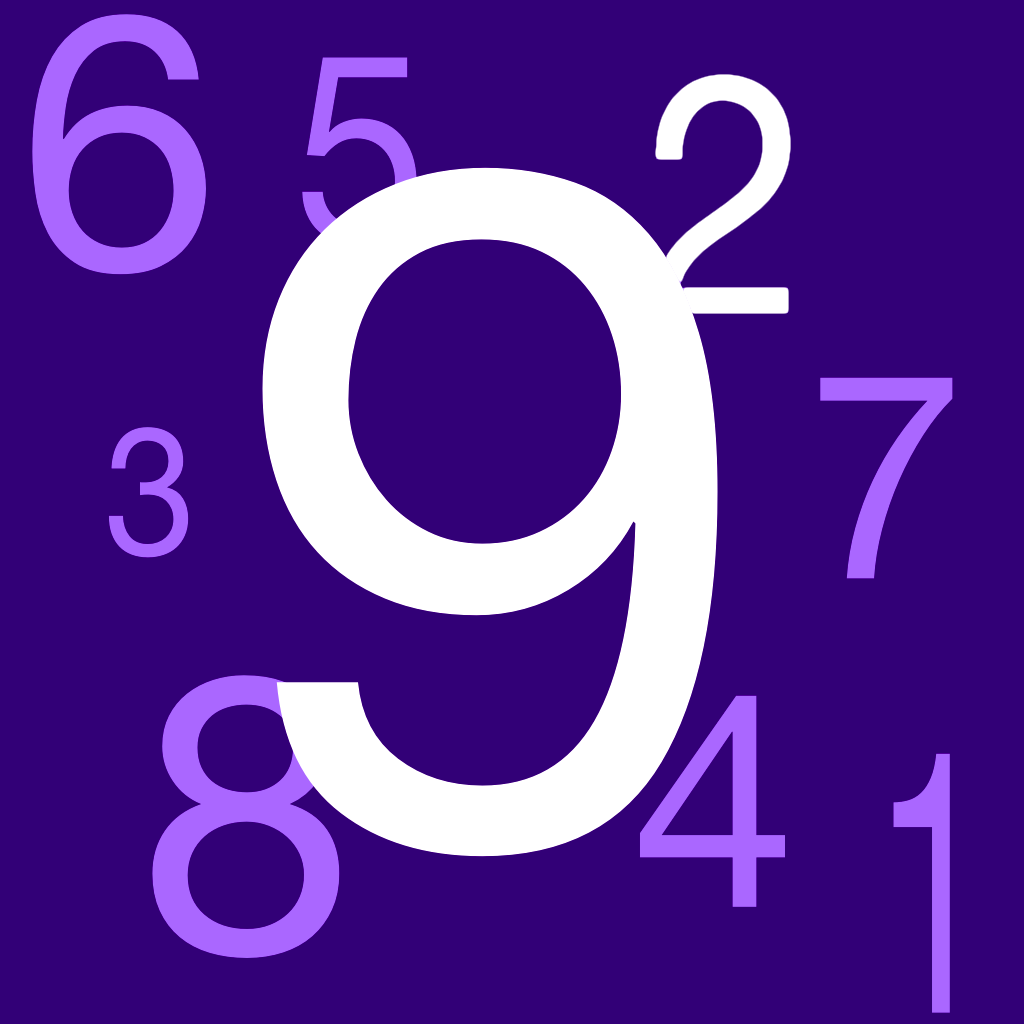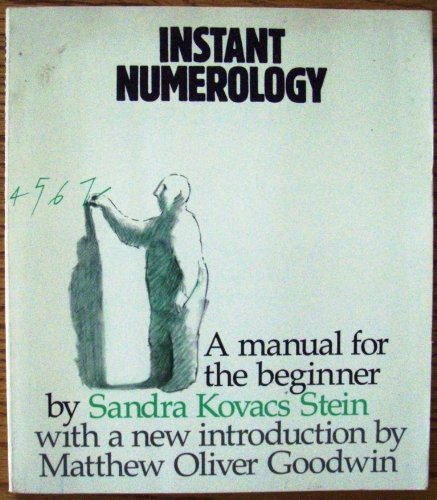Introduction
My app, Numerology, has been in the Apple app store for over 17 years. During that time, it and its variations (lite version, Mac version) have been downloaded over 188,000 times, and made almost $150,000 in profit.

Numerology Icon
It’s ran on just about every Apple iPhone, iPad, and Mac. Before the App Store, it even ran on classic macOS machines.
It’s been through technology changes such as moving from Think C to Objective-C to Swift; the Think Class Library to UIKit to SwiftUI; classic to modern macOS, 68K chips to PowerPC chips to Intel chips and then to Apple Silicon.
It’s gone through business models changes. From paid up front to free with In-App Purchase and back to paid up front, and finally to subscriptions.
This is the first in a series of blog posts covering the history of Numerology and its current status.
Origins
It began with a book.
I think I was out of college, on my own, and visiting my parents for the weekend. My Dad is into astrology and the like, and I was always browsing his bookshelves. One day I noticed a book: Instant Numerology by Sandra Kovacs Stein. It’s a short book and an easy read.

Instant Numerology Book
Numerology is an ancient science, much like astrology, where by analyzing numbers derived from a person’s name and birth date, one can gain insight into the characteristics of that person. Pythagoras practiced numerology. The main method of numerology is called the Pythagorean method. Basically, you assign numbers to the letters of the alphabet and then take the numbers in a person’s name and add them up in different ways and then reducing to a single number.
I found numerology interesting, and it dawned on me that it would be pretty easy to write a program that did all the calculations in the book.
Keep a lookout for part 2, where I’ll talk about the first version of the app, before the App Store, or even the World Wide Web.